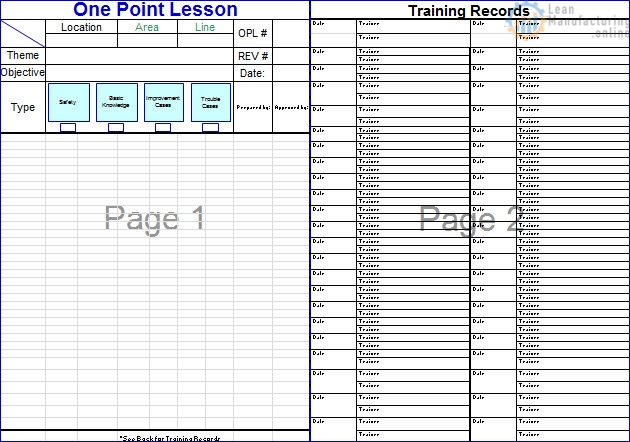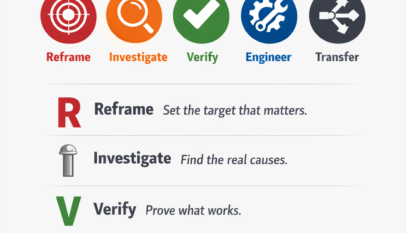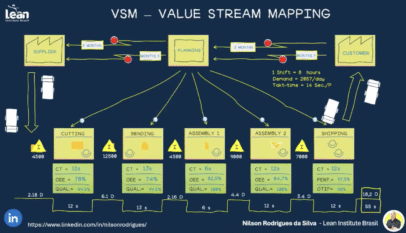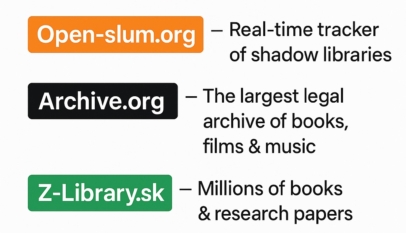Education and Training
Example of Food Manufacturing site review
5S Autonomous Maintenance Early Equipment Management Education and Training Manufacturing Support Planned Maintenance Quality Safety, Health and Environment World Class Manufacturing
Master Plan Show the results for the main objectives with consistent benchmarks and targets – Breakdowns, Minor Stops, Quality Defects and ZERO loss time accidents.Highlight why the Site needs TPM. “TPM is not the objective; it is the way to deliver the objectives.”Each pillar must have key indicators to link…
Read More »TPM 3 Levels – path to World-Class Manufacturing
5S Autonomous Maintenance Blog Change Management Early Equipment Management Early Product Management Education and Training Focused Improvement Instructor Training Manufacturing Support Planned Maintenance Quality Safety, Health and Environment TPM TPM Introduction World Class Manufacturing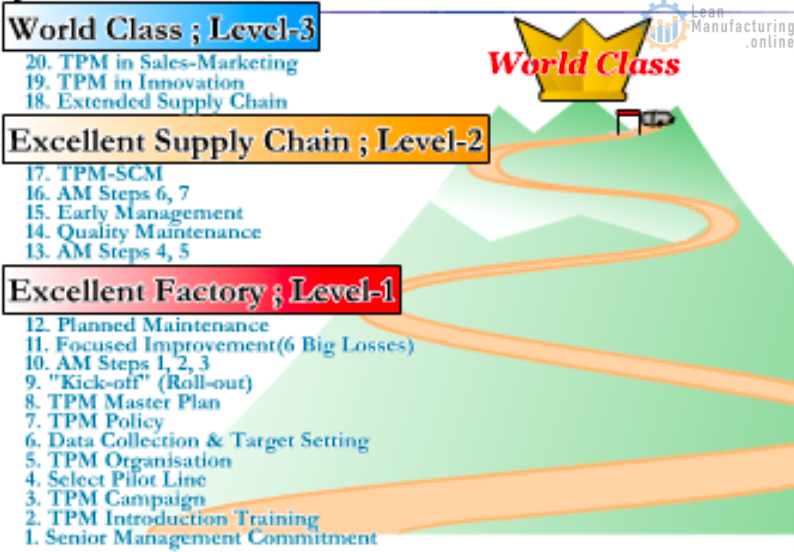
Getting to Level 3 of Total Productive Maintenance will require a LOT OF hard work, but it’s doable. Listed below is a 20-Step process on how to get there, steps 1-12 are part of Level 1 (Excellent Factory), steps 13-17 – Level 2 (Excellent Supply Chain) and finally, steps 18-20…
Read More »Training Process Guides. Train the Trainer
Steps to create Virtual Employee Onboarding Program.
Read More »Curriculum Development Method Based on Ability Structure
Curriculum Development Method Based on Ability Structure system devised in 1989 by Professor Mori Kazuo.
Read More »




